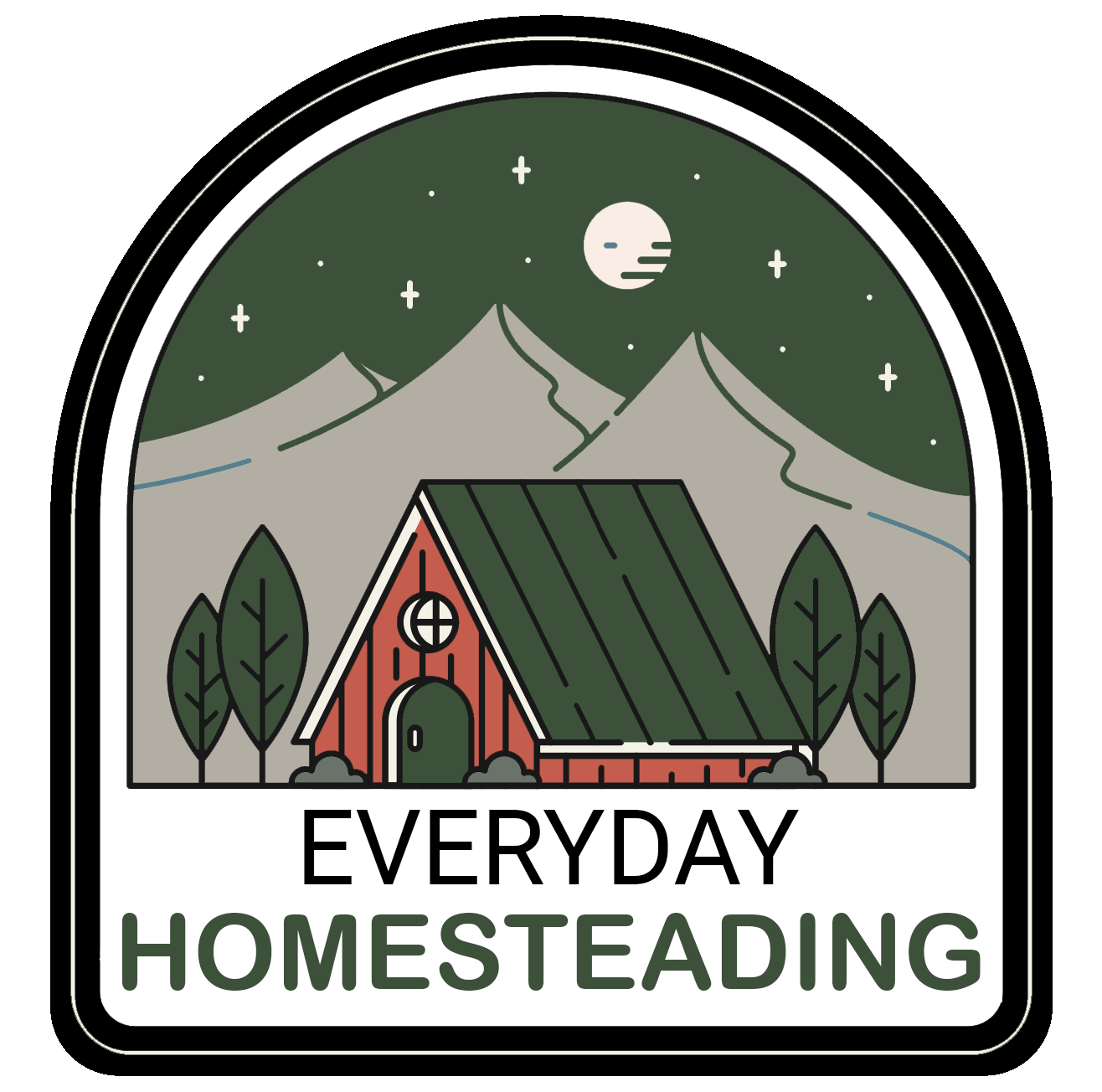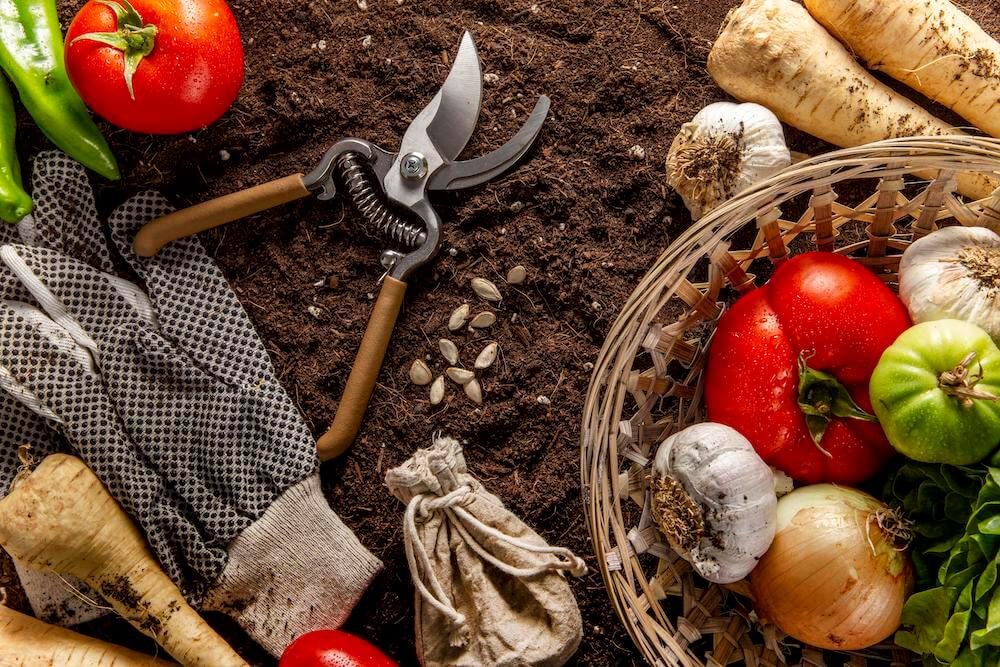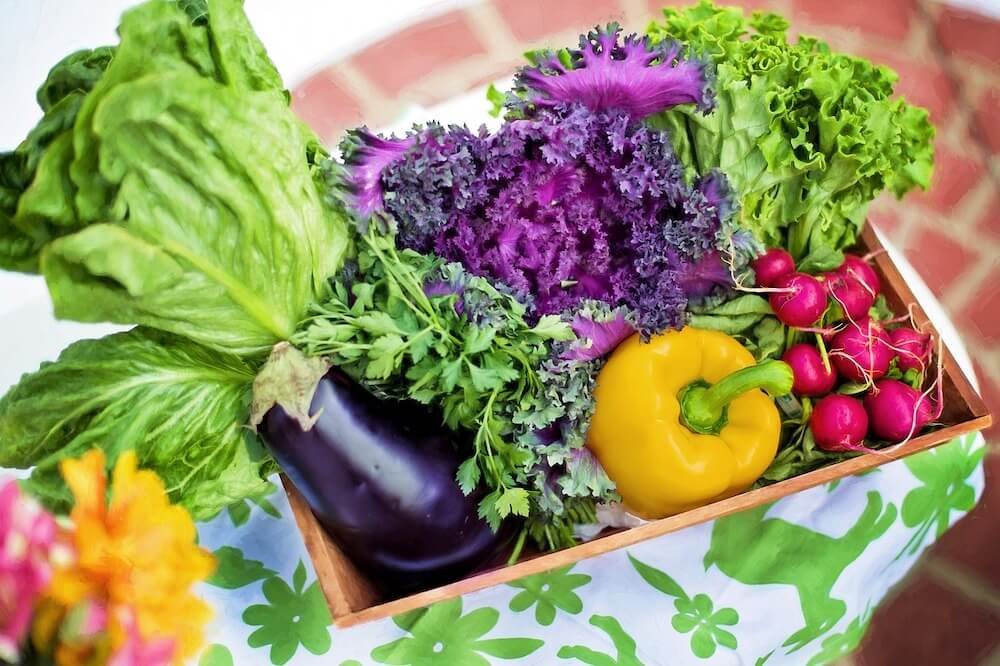5 Best Goat Breeds for a Small Homestead
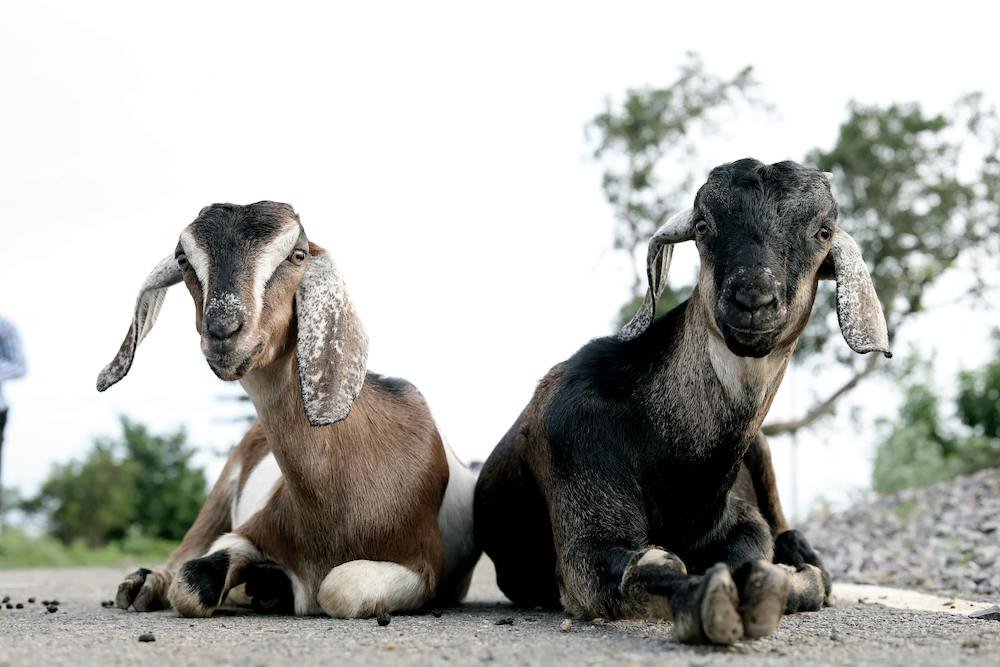
Ah, the humble goat – is there any other livestock animal that can match their sheer versatility and charm? As a proud homesteader, I’ve had the privilege of raising a variety of goat breeds over the years, and I can say with certainty that these captivating ruminants have become an irreplaceable part of my self-sufficient lifestyle. From their nutrient-dense milk and meat to their engaging personalities, goats truly are the Swiss Army knives of the farm.
However, with over 200 recognized goat breeds worldwide, it can be overwhelming to decide which ones are best suited for your homestead. That’s why I’ve put together this comprehensive guide to the 5 best goat breeds for small-scale farming. These breeds are known for their hardiness, productivity, and adaptability to a range of environments and management systems.So, whether you’re a seasoned goat owner looking to expand your herd or a beginner homesteader considering adding these charming ruminants to your farm, read on to discover the perfect breeds for your needs.
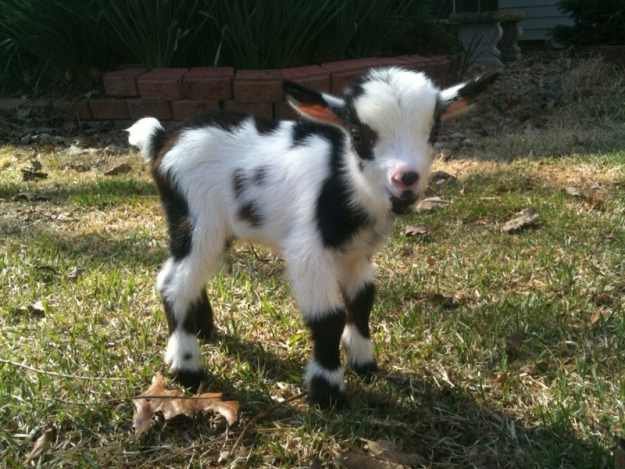
1. Nigerian Dwarf Goat
If space is at a premium on your homestead, the Nigerian Dwarf goat is an excellent choice. These diminutive dairy goats stand just 16-21 inches tall at the shoulder and weigh between 75-135 pounds. Despite their small stature, Nigerian Dwarfs are big on personality and production.A single Nigerian Dwarf doe can produce up to a gallon of delicious, creamy milk per day. This makes them ideal for homesteaders who want to make cheese, yogurt, and other dairy products for their family. They also thrive on a variety of forage and browse, making them easy and inexpensive to feed.Another advantage of Nigerian Dwarfs is their friendly, docile temperament. They are known to be gentle with children and bond closely with their human caretakers. With proper socialization from a young age, these goats make wonderful companions in addition to productive livestock.
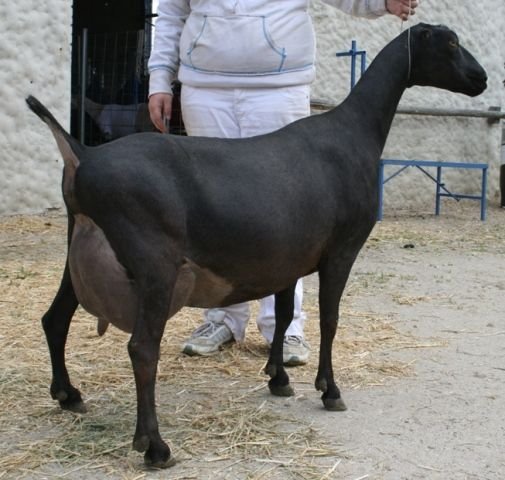
2. LaMancha Goat
If you’re looking for a larger dairy breed that still does well in a small homestead setting, consider the LaMancha goat. These medium-sized goats stand 26-29 inches tall and weigh between 135-200 pounds. What they lack in stature, they make up for in milk production.A LaMancha doe can produce up to a gallon and a half of milk per day. This rich, creamy milk is perfect for making a wide variety of cheeses, from soft and spreadable to hard and aged. LaMancha milk also has a higher butterfat content than many other dairy goat breeds.One of the most distinctive features of the LaMancha is their tiny, elf-like ears. While they may look a bit unusual, these small ears are actually an advantage in hot, sunny climates as they help prevent sunburn and frostbite. LaMancha goats are also known for their calm, gentle temperament and adaptability to different management systems.
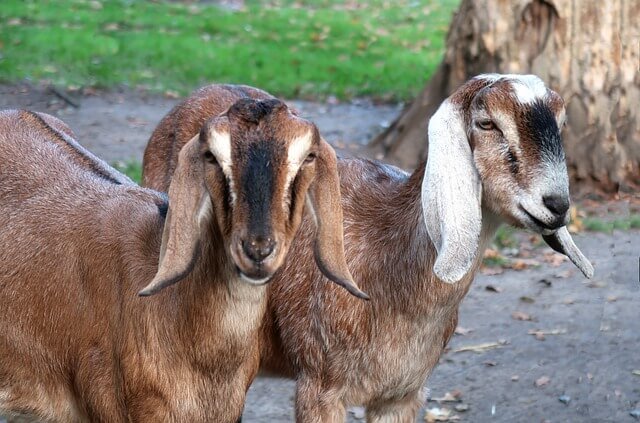
3. Nubian Goat
If you’re looking for a dual-purpose goat that excels at both milk and meat production, the Nubian is a fantastic choice. These large, graceful goats stand 30-40 inches tall and weigh between 135-200 pounds. Nubians are known for their long, pendulous ears, Roman nose, and floppy wattles.A Nubian doe can produce up to a gallon and a half of rich, creamy milk per day. Their milk has a higher butterfat content than many other dairy breeds, making it perfect for cheese, butter, and ice cream. Nubian kids also grow rapidly, making them an excellent meat option for the homestead.Nubians are hardy, adaptable goats that thrive in a variety of climates and management systems. They are known for their friendly, curious personalities and their ability to form strong bonds with their human caretakers. With proper fencing and shelter, Nubians can be successfully raised on a small homestead.
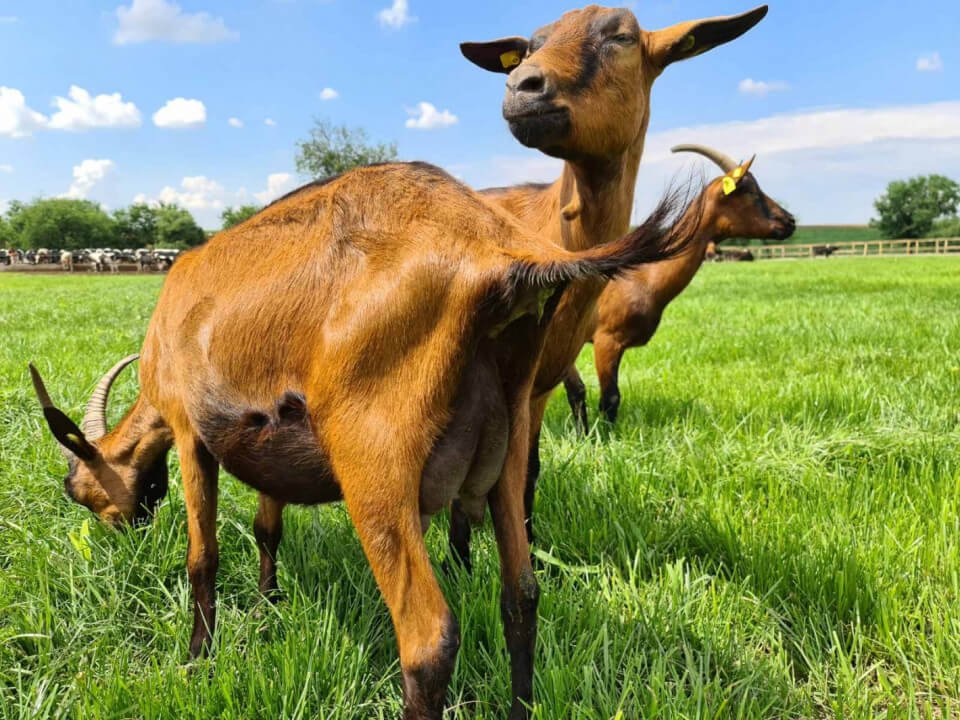
4. Alpine Goat
If you’re looking for a high-producing dairy goat that is also hardy and adaptable, the Alpine is a great choice. These medium-to-large sized goats stand 30-40 inches tall and weigh between 135-200 pounds. Alpines come in a wide variety of colors and patterns, from solid to multi-colored.An Alpine doe can produce up to a gallon and a half of milk per day. Their milk has a moderate butterfat content that is perfect for making a variety of cheeses, yogurt, and other dairy products. Alpines are known for their long lactation periods, often milking for 10 months or more.Alpines are also hardy, adaptable goats that do well in a range of climates and management systems. They are known for their curious, friendly personalities and their ability to thrive on a variety of forage and browse. With proper fencing and shelter, Alpines can be successfully raised on a small homestead.
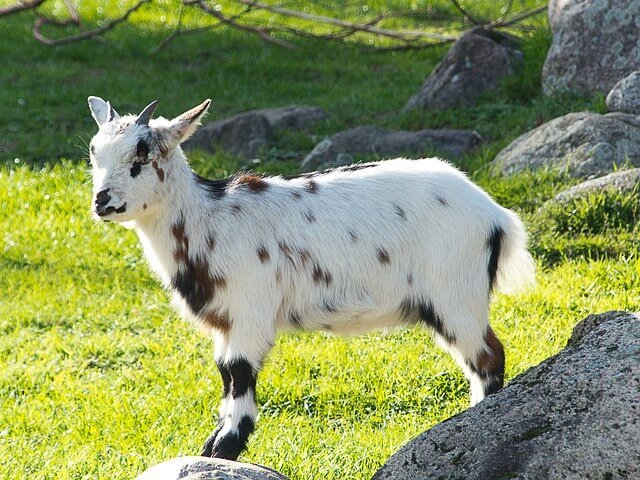
5. Pygmy Goat
If you’re looking for a compact, hardy goat that is perfect for small homesteads, the Pygmy is an excellent choice. These diminutive goats stand just 16-24 inches tall and weigh between 60-86 pounds. Despite their small size, Pygmies are known for their stocky, muscular build and their ability to thrive in a variety of environments.While Pygmies are not primarily a dairy breed, they can produce a small amount of milk for the homestead. Their milk is rich and creamy, with a high butterfat content. Pygmy does typically produce enough milk to feed their kids and provide a small amount for the homesteader.Pygmies are also known for their friendly, docile temperament and their ability to form strong bonds with their human caretakers. They are often kept as pets in addition to being productive livestock. With proper fencing and shelter, Pygmies can be successfully raised on even the smallest homestead.
Tips and Tricks for Raising Goats on a Small Homestead
As with any livestock, there are a few key considerations to keep in mind when raising goats on a small homestead:
- Fencing: Goats are notorious escape artists, so it’s important to have sturdy, well-maintained fencing to keep them safely contained. Woven wire or electric fencing are both good options.
- Shelter: Goats need access to a dry, well-ventilated shelter to protect them from the elements. A simple three-sided shed or converted barn works well.
- Nutrition: Goats are browsers, not grazers, so they need access to a variety of forage, browse, and hay. Supplement their diet with a balanced grain mix to ensure they are getting all the nutrients they need.
- Health: Regular hoof trimming, deworming, and vaccination are essential for maintaining the health of your goat herd. Work with a veterinarian to develop a health management plan.
- Breeding: If you want to produce your own kids for meat or to expand your herd, you’ll need to breed your does. Plan for kidding season and have a safe, clean area for does to give birth and nurse their kids.
By keeping these tips in mind and choosing one of the five best goat breeds for small homesteads, you’ll be well on your way to successful and rewarding goat-keeping. Remember, every homestead is unique, so be prepared to adapt and learn as you go. With a little patience and a lot of love, your goats will thrive and become an integral part of your homesteading journey.



